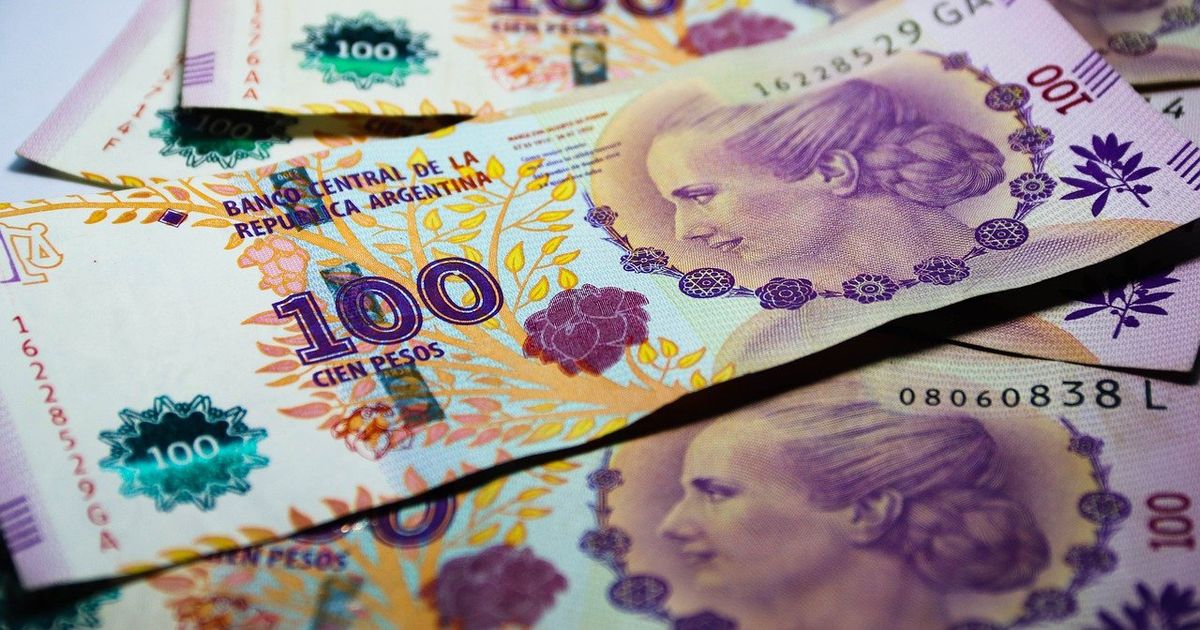A report by Moiguer warns that the continuous changes of the last decades are modifying the structure at a cultural and idiosyncratic level
By iProfessional
30/03/2023 – 11,30hs
In the midst of an inflationary process like the one that is taking place in the country, which left February with inflation of 6.6%, new parameters are set for the socioeconomic pyramid.
According to a report by Moiguer Strategy Consultant:
- Upper class: the family average of monthly income of the upper class is from $1.500.000 (and the revenue floor of this segment is $855.500).
- Middle class: the family average of the middle class is $355.700
- Lower class: the average income is $149,300 and the maximum income ceiling of these families It is $280.000.
“Faced with these figures, the upper class has a linear imaginary about progress. They always want more -better salary, higher position, better car- and they go forward: 80% have monthly income and only 30% do not get paid if one day unable to go to work,” the report states.
As to the middle class, “also wants to plan for the long term but cannot. The daily ups and downs generate marches and counter-marches in their projects. Their planning is generally monthly, even 70% have monthly income. 46% if one day they do not go to the I work, I don’t get paid“, they warn from Moiguer.
According to the class baja, plan day by day. Although they have projects -generally linked to improving the conditions of their home, adding a bathroom, a room, etc.-, these do not have a deadline to materialize, which is why their homes are in “continuous transformation”, the experts explain. 50% have daily/weekly income and 75% if one day they cannot work, they do not charge.
Consumption and savings, two keys to belonging to a class
For the upper class, the concept that governs their act of purchase is opportunity. This segment saves in dollars and uses the extra money hedonically. This way, 53% use the surplus of their daily budget on travel.

The median middle-class family is $355,700
Concerning the middle class, the concept that governs their act of purchase is convenience: try to save in dollars but also in pesos and the extra money that he uses is to treat himself to those tastes that at some point were daily and today he misses being able to achieve. This is how 39% use their budget to buy clothes and shoes.
While for the lower class, when buying, they prioritize performance, everything that optimizes your budget by maximizing each peso spent. That what is purchased allows us to account for as many needs as possible. “Don’t miss it, but also don’t overdo it (you can’t afford to throw away). Save by collecting materials or merchandise and use the extra money, if you have it, to improve your set of brands or products in the food basket,” says the report. . Of the total, 36% use extra budget in leading brands.
“The continuous and profound changes of the last decades are modifying the structure at a cultural and idiosyncratic level. What the study reveals is that economic fragmentation is added to cultural fragmentation that translates into different expectations, values and behaviors by social class “, indicates Fernando Moiguer, CEO of Moiguer.
Economic impact, an engine that stops social mobility
Argentina was built on the illusion of being a middle-class country. Although there have always been social strata, the idiosyncratic imaginary of values, habits and beliefs was governed by the parameters of a social class that, through work and effort, could prosper.
That imaginary is the one that broke today. The economic impact of recent decades has not only deepened social fragmentation but also solidified it, especially at the ends of the socioeconomic pyramid: 93% of the ABC1 segment (upper class) is chronic, 66% of the lower class it is chronic (within this, 91% of the D2 segment -inferior lower class- is also chronic). AND education, which has always functioned as an engine for social mobility, is beginning to fail: 70% of the lower class have more education than their parents but this did not translate into a rise in social class.
In this sense, today economic mobility no longer implies socio-cultural mobility. From there, the three Argentines (5% upper class; 45% middle class and 50% lower class) that could be found in economic terms, begin to translate into 3 Argentines on a cultural and idiosyncratic level.


